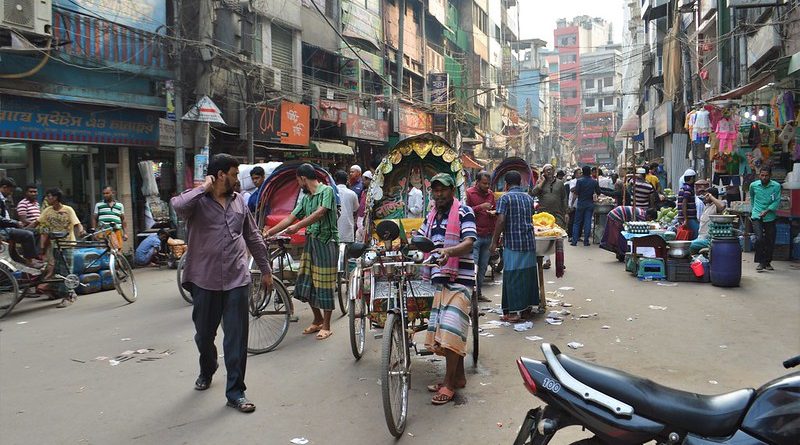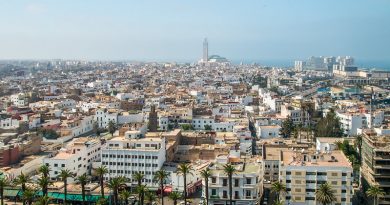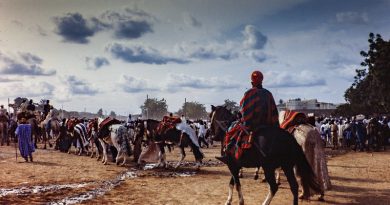Dhaka City Guide
Dhaka is the capital city of Bangladesh and is often referred to as the ‘City of Mosques’. Located on the banks of the Buriganga River, Dhaka, along with its metropolitan area, has a population of around 13 million. The largest city of Bangladesh is also known as the Rickshaw Capital of the World as 400,000 cycle rickshaws run each day on its roads.
Dhaka became a prominent city in the early sixteen hundreds, when the Mughal kings named it the capital of Bengal. The city grew rapidly becoming an important administration centre. Most of the famous building in the old Dhaka City are the remnants of this time. But around two hundred years later, after the British took control of Bengal Dhaka lost its importance. Most of the city was reclaimed by the Jungle and its population fell from a million to thirty thousand.
The city rose back to its former glory only after the partition of Bengal. It was named the capital of the newly form province of East Bengal. This same territory came to be known as East Pakistan after1947 and Bangladesh after the liberation war of 1971.
After the country opened its markets in the early 1990’s, Dhaka has become on of the major centres of economic activity in the Indian subcontinent. The city has seen modernization of transport, communications and public sectors and is attracting large foreign investments and greater volumes of commerce and trade. People from all over Bangladesh are coming to Dhaka in search for work and for a better future making it one of the fastest growing cities in the world.
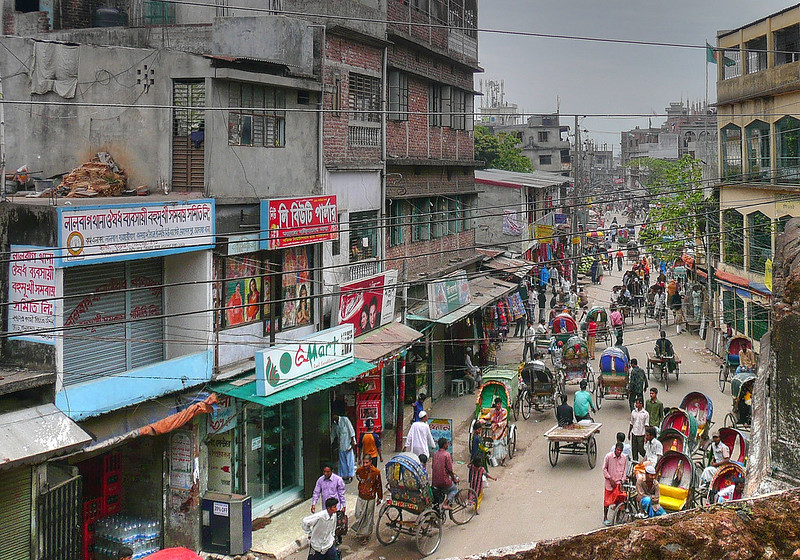
Old Dhaka City:
Most of the historical monuments in Dhaka are in the old city. Purana Dhaka is not just a place filled with historical relics it is the heart of the city. A new discovery awaits every time you get lost in the winding streets and narrow alleys. The vibrancy and energy of the old city rubs onto you as you explore every nook and corner.
Key sights in Old Dhaka:
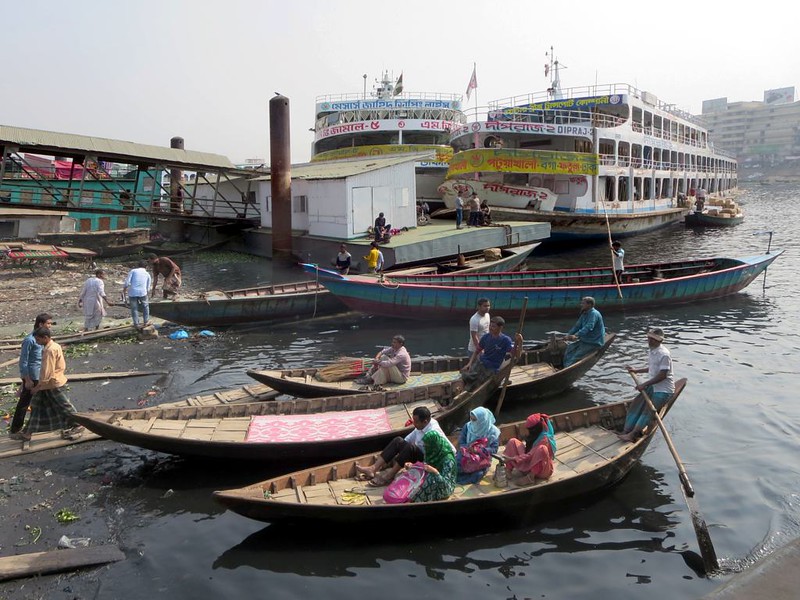
Sadarghat: It is Dhaka’s busiest boat terminal. The terminal is always flooded with people more so a couple of days before Eid-ul-Fitr. The best time to avoid crowd and enjoy a boat ride is early morning. A boat can also be hired to travel to the south of Bangladesh, away from the chaos of the city.
Ahsan Manzil: To the west of Sadarghat is the Pink Palace or Ahsan Manzil – dating from1872 and restored in the late 1980’s. This is one of the must see buildings in Dhaka with its rooms furnished in the style of the era in which it was built, and its garden and view over the river. The palace was owned by the Nawabs of Dhaka. The Nawabs were not officially related to the Mughal Nawabs of Dhaka but had earned the title owing to their wealth 1875 onwards. Over the years they gained political influence and played a major role in the Muslim politics of Eastern Bengal during the 1900’s. But after the independence in 1947 the political climate changed and the Dhaka Nawab State fell away. The financial constraints made it impossible for the Nawabs to maintain the huge palace. A couple of years after the Nawabs left the Ahsan Manzil it taken over by illegal occupants and was turned into a slum Fortunately, the government of Bangladesh recognized the architectural and historical value of Ahsan Manzil and in 1985 the building and its surroundings were purchased with the aim of a complete restoration. The renovations were completed in 1992 and Ahsan Manzil is now a museum attraction.
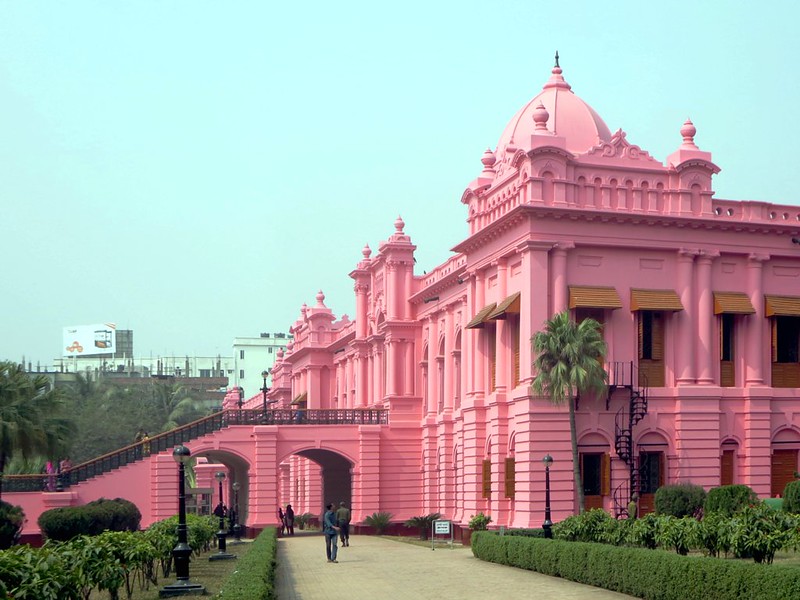
During their glory days the social life of the Dhaka revolved around the palace. The palace was a permanent resident of the governor generals when they visited East Bengal. The Nawab also invited renowned English illusionist Charles Bertram and balloonist Jeanette Van Tassel for a performance. Tassel who visited the palace in 1892, enthralled thousands of Dhakiites by her airborne adventures but unfortunately meet with a tragic accident during the descent of her flight. The exhibition generated a good deal of enthusiasm among citizens. The balloon flight was totally new for the local people of Dhaka. The Nawab himself, local and foreign dignitaries witnessed the event of the flight. However, after floating high into the sky tragedy struck on her way down. To the shock of the onlookers, her balloon got entangled with a tree at the Ramna garden. She died a couple of days later in a hospital and was buried in the Narinda Christian graveyard.
Armenian Church: In the heart of old Dhaka, standing upon the Armenitola hill is the only remaining symbol of the Armenian community in Bangladesh. The community played a very important role in the commercial life of Dhaka during the 17thand early 18th century. The church of Holy Resurrection was built in 1781. The Armenian population in Dhaka declined with the British rule and at present there is just one Armenian left in the city, Michael Martin who is also the caretaker of the church.
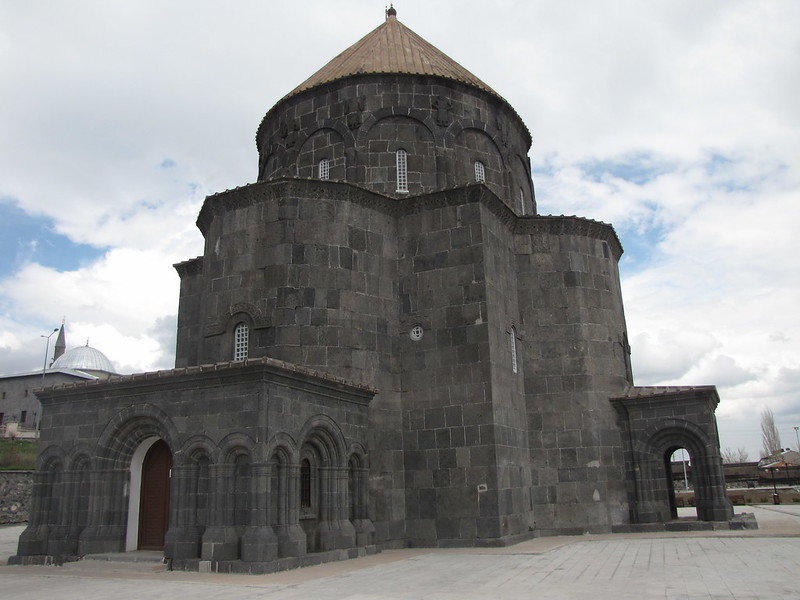
New Market:
Its narrow roads and a sea of small shops is what defines New Market. Even though the number of supermarkets and malls is ever increasing in the city, new market is seen as the final stop. It is said that if something is not available in New Market then its not to be found anywhere else in Dhaka.
This is the Cities biggest open air market.

